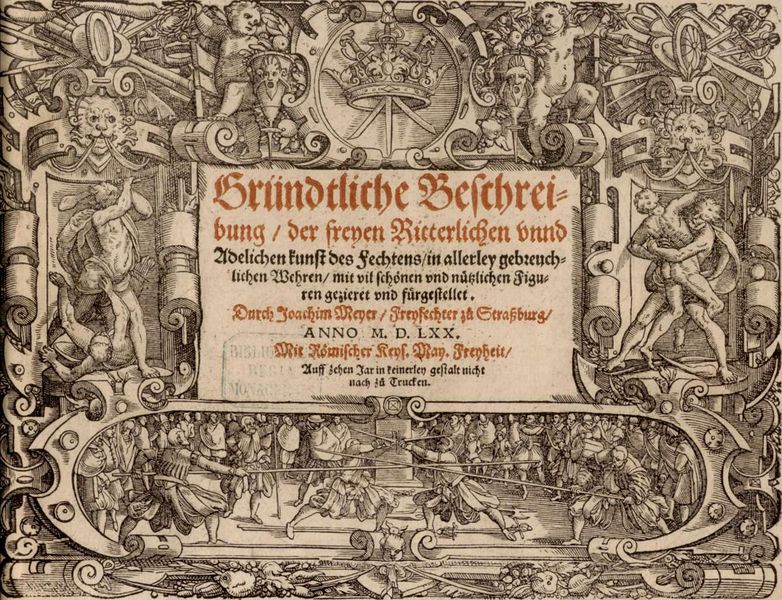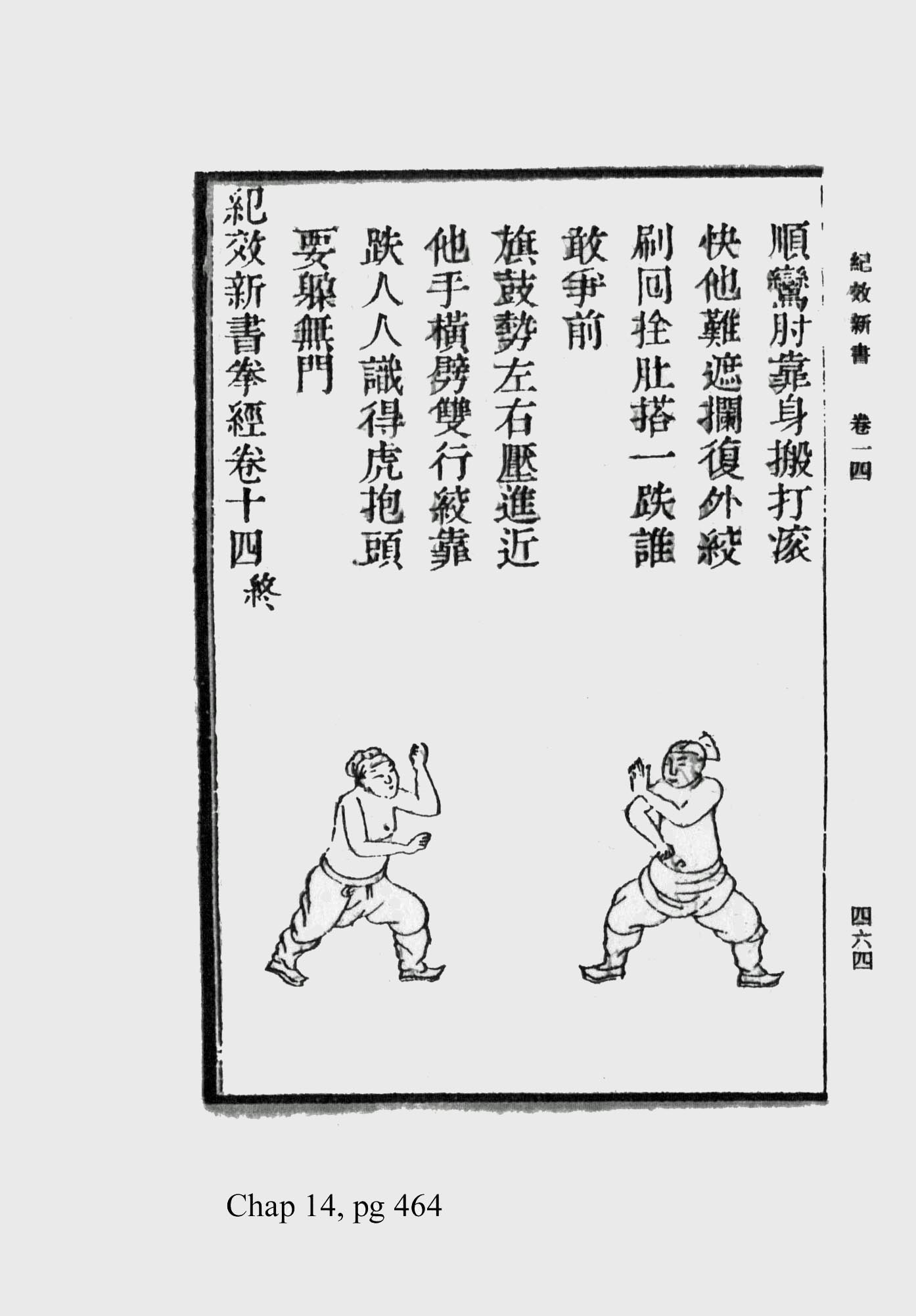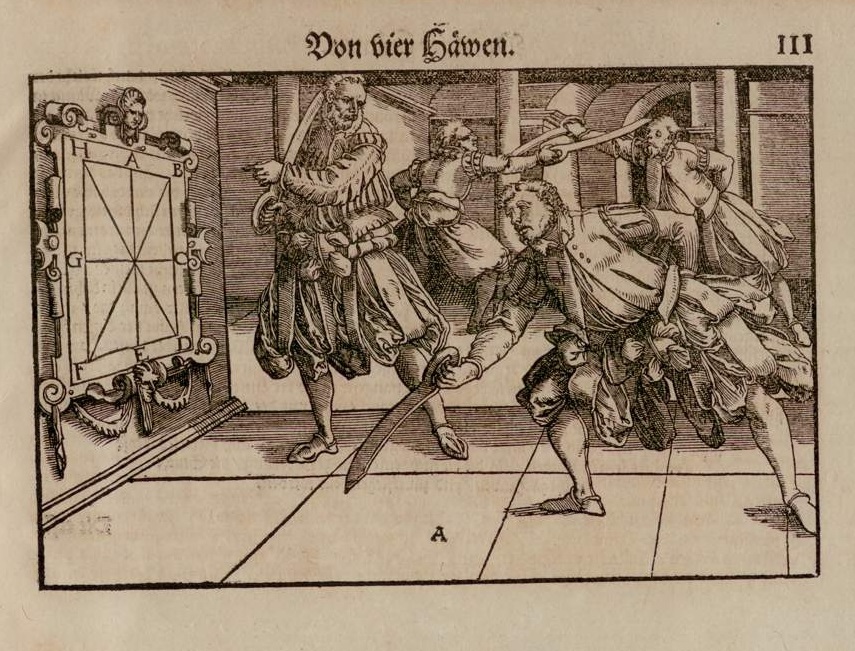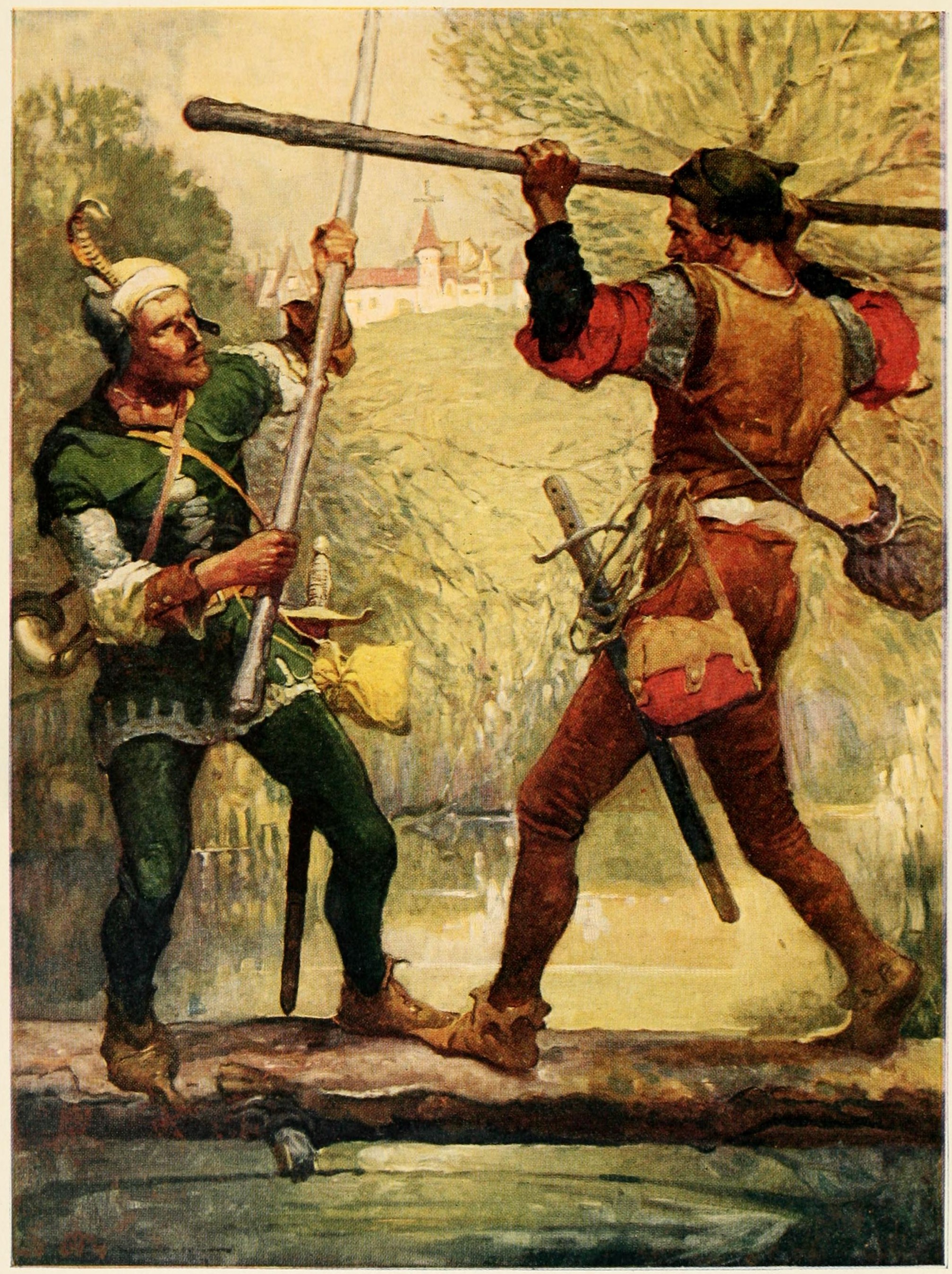|
Jacob Sutor
Jacob Sutor (also spelled "Jakob Sutor") was a German fencing master who published a fighting manual in 1612, called the ''Neues Künstliches Fechtbuch''. The book was mostly an updated version (or outright plagiarism) of Joachim Meyer's work. Sutor's Fechtbuch includes techniques for the long sword, dussack, rapier (which appears to be an early form of the weapon more similar to a cut and thrust sword), rapier and main gauche, rapier and cloak, case of rapiers, staff, pole axe, and the flail A flail is an agricultural tool used for threshing, the process of separating grains from their husks. It is usually made from two or more large sticks attached by a short chain; one stick is held and swung, causing the other (the swipple) to st .... 17th-century German writers 17th-century German male writers German male fencers {{Germany-fencing-bio-stub ... [...More Info...] [...Related Items...] OR: [Wikipedia] [Google] [Baidu] |
Fencing
Fencing is a group of three related combat sports. The three disciplines in modern fencing are the foil, the épée, and the sabre (also ''saber''); winning points are made through the weapon's contact with an opponent. A fourth discipline, singlestick, appeared in the 1904 Olympics but was dropped after that and is not a part of modern fencing. Fencing was one of the first sports to be played in the Olympics. Based on the traditional skills of swordsmanship, the modern sport arose at the end of the 19th century, with the Italian school having modified the historical European martial art of classical fencing, and the French school later refining the Italian system. There are three forms of modern fencing, each of which uses a different kind of weapon and has different rules; thus the sport itself is divided into three competitive scenes: foil, épée, and sabre. Most competitive fencers choose to specialize in one weapon only. Competitive fencing is one of the five activitie ... [...More Info...] [...Related Items...] OR: [Wikipedia] [Google] [Baidu] |
Joachim Meyer
Joachim Meyer (ca. 1537–1571) was a self described Freifechter (literally, Free Fencer) living in the then Free Imperial City of Strasbourg in the 16th century and the author of a fechtbuch '' Gründtliche Beschreibung der Kunst des Fechtens'' (in English, ''Thorough Descriptions of the Art of Fencing'') first published in 1570. His Works In 1570, Joachim Meyer wrote a comprehensive, multi-weapon treatise entitled '' Gründtliche Beschreibung der Kunst des Fechtens'' or, in English, ''Thorough Descriptions of the Art of Fencing''. It is seen as one of the most complete systems within medieval German martial arts. Meyer's book was reprinted in 1600, and may have been an influential source for other 16th- and 17th-century German fencing books, including a 1612 book by Jacob Sutor. His book mostly consists of descriptive text, with only a few dozen woodcuts, each of which depicts several players enacting various techniques described in the text itself. The book consists of f ... [...More Info...] [...Related Items...] OR: [Wikipedia] [Google] [Baidu] |
Fechtbuch
Martial arts manuals are instructions, with or without illustrations, specifically designed to be learnt from a book. Many books detailing specific techniques of martial arts are often erroneously called manuals but were written as treatises. Prose descriptions of martial arts techniques appear late within the history of literature, due to the inherent difficulties of describing a technique rather than just demonstrating it. The earliest extant manuscript on armed combat (as opposed to unarmed wrestling) is Royal Armouries Ms. I.33 ("I.33"), written in Franconia around 1300. Not within the scope of this article are books on military strategy such as Sun Tzu's ''The Art of War'' (before 100 BC) or Publius Flavius Vegetius Renatus' '' De Re Militari'' (4th century), or military technology, such as ''De rebus bellicis'' (4th to 5th century). Predecessors Some early testimonies of historical martial arts consist of series of images only. The earliest example is a fresco in tomb 1 ... [...More Info...] [...Related Items...] OR: [Wikipedia] [Google] [Baidu] |
Long Sword
A longsword (also spelled as long sword or long-sword) is a type of European sword characterized as having a cruciform hilt with a grip for primarily two-handed use (around ), a straight double-edged blade of around , and weighing approximately . The "longsword" type exists in a morphological continuum with the medieval knightly sword and the Renaissance-era Zweihänder. It was prevalent during the late medieval and Renaissance periods (approximately 1350 to 1550), with early and late use reaching into the 12th and 17th centuries. Names English The longsword has many names in the English language, which, aside from variant spellings, include terms such as "bastard sword" and "hand-and-a-half sword." Of these, "bastard sword" is the oldest, its use being contemporaneous with the weapon's heyday. The French ' and the English "bastard sword" originate in the 15th or 16th century, originally in the general sense of "irregular sword, sword of uncertain origin", but by the mid- ... [...More Info...] [...Related Items...] OR: [Wikipedia] [Google] [Baidu] |
Dussack
A dusack (also ''dusägge'' and variants, from Czech ''tesák'' "cleaver; hunting sword", lit. "fang") is a single-edged sword of the cutlass or sabre type, in use as a side arm in Germany and the Habsburg monarchy during the 16th to 17th centuries, as well as a practice weapon based on this weapon used in early modern German fencing. Military sidearm The Czech term entered German usage in the Hussite Wars, after the sidearm used by the Hussites. In the late 16th century, ''Dusägge'' could refer to a type of weapon combining a sabre blade with the hilt of a sidesword (the German ''Degen''), also known as ''Säbel auf Teutsch gefasst'' ("sabre fitted in the German manner"). The ''Dusägge'' in this sense was used as a military sidearm; e.g. in 1579, Styria records delivery of some 700 ''Dusäggen'' by local bladesmiths, besides payment of 40 ''Dusäggen'' delivered from Passau, as part of the preparation for the war against the Turks under Archduke Charles II. The German ... [...More Info...] [...Related Items...] OR: [Wikipedia] [Google] [Baidu] |
Rapier
A rapier () or is a type of sword with a slender and sharply-pointed two-edged blade that was popular in Western Europe, both for civilian use (dueling and self-defense) and as a military side arm, throughout the 16th and 17th centuries. Important sources for rapier fencing include the Italian Bolognese group, with early representatives such as Antonio Manciolino and Achille Marozzo publishing in the 1530s, and reaching the peak of its popularity with writers of the early 1600s (Salvator Fabris, Ridolfo Capo Ferro). In Spain, rapier fencing came to be known under the term of ("dexterity") in the second half of the 16th century, based on the theories of Jerónimo Sánchez de Carranza in his work ("The Philosophy of Arms and of their Dexterity and of Aggression and the Christian Defence"), published in 1569. The best known treatise of this tradition was published in French, by Girard Thibault, in 1630. The French small sword or court sword of the 18th century was a direct co ... [...More Info...] [...Related Items...] OR: [Wikipedia] [Google] [Baidu] |
Cut And Thrust Sword
The ''spada da lato'' (Italian) or ''side-sword'' is a type of sword popular during the late 16th century. It is a continuation of the medieval knightly sword, and the immediate predecessor (or early form) of the rapier A rapier () or is a type of sword with a slender and sharply-pointed two-edged blade that was popular in Western Europe, both for civilian use (dueling and self-defense) and as a military side arm, throughout the 16th and 17th centuries. Impor ... of the early modern period. Its use was taught in the Dardi school of Italian fencing, and was influential on the classical rapier fencing of the 17th century. The equivalent Spanish term, ''espada ropera'' ("dress sword") is the origin of the term ''rapier''. Italian antiquarians use the term ''spada da lato'' for rapiers typical of the period of c. 1560–1630, the Italian term for the fully developed rapier of the later 17th century is ''spada da lato striscia'', or just ''spada striscia'' "strip-sword". ... [...More Info...] [...Related Items...] OR: [Wikipedia] [Google] [Baidu] |
Main Gauche
The parrying dagger is a category of small handheld weapons from the European late Middle Ages and early Renaissance. These weapons were used as off-hand weapons in conjunction with a single-handed sword such as a rapier. As the name implies they were designed to parry, or defend, more effectively than a simple dagger form, typically incorporating a wider guard, and often some other defensive features to better protect the hand as well. They may also be used for attack if an opportunity arises. The general category includes two more specific types, the sword breaker and trident dagger. The use of this off-hand weapon gradually fell out of favor as sword fighting evolved into the modern sport of fencing. The use of progressively lighter primary weapons such as the small sword, épée and foil allowed for greater speed since the fencer needed less protection for himself as double hits became more allowed in sport fencing. Early development Parrying daggers were an important de ... [...More Info...] [...Related Items...] OR: [Wikipedia] [Google] [Baidu] |
Cloak
A cloak is a type of loose garment worn over clothing, mostly but not always as outerwear for outdoor wear, serving the same purpose as an overcoat, protecting the wearer from the weather. It may form part of a uniform. Cloaks have been and are worn in countless societies. Over time cloak designs have been changed to match fashion and available textiles. Cloaks generally fasten at the neck or over the shoulder, vary in length, from hip all the way down to the ankle, mid-calf being the normal length. They may have an attached hood and may cover and fasten down the front, in which case they have holes or slits for the hands to pass through. However, cloaks are almost always sleeveless. Etymology The word ''cloak'' comes from Old North French ''cloque'' (Old French ''cloche'', ''cloke'') meaning "travelling cloak", from Medieval Latin ''clocca'' "travelers' cape," literally "a bell," so called from the garment's bell-like shape. Thus the word is related to the word ''clock''. H ... [...More Info...] [...Related Items...] OR: [Wikipedia] [Google] [Baidu] |
Quarterstaff
A quarterstaff (plural quarterstaffs or quarterstaves), also short staff or simply staff is a traditional European pole weapon, which was especially prominent in England during the Early Modern period. The term is generally accepted to refer to a shaft of hardwood from long, sometimes with a metal tip, ferrule, or spike at one or both ends. The term "short staff" compares this to the "long staff" based on the pike with a length in excess of . The height of the staff should be around the same as the user plus their hand set upright on their head (approximately ). Etymology The name "quarterstaff" is first attested in the mid-16th century. The "quarter" possibly refers to the means of production, the staff being made from quartersawn hardwood (as opposed to a staff of lower quality made from conventionally sawn lumber or from a tree branch).OED; The possibility that the name derives from the way the staff is held, the right hand grasping it one-quarter of the distance from the ... [...More Info...] [...Related Items...] OR: [Wikipedia] [Google] [Baidu] |
Flail (weapon)
A flail is a weapon consisting of a striking head attached to a handle by a flexible rope, strap, or chain. The chief tactical virtue of the flail was its capacity to strike around a defender's shield or parry. Its chief liability was a lack of precision and the difficulty of using it in close combat, or closely-ranked formations. There are two broad types of flail: a long, two-handed infantry weapon with a cylindrical head, and a shorter weapon with a round metal striking head. The longer cylindrical-headed flail is a hand weapon derived from the agricultural tool of the same name, commonly used in threshing. It was primarily considered a peasant's weapon, and while not common, they were deployed in Germany and Central Europe in the later Late Middle Ages. The smaller, more spherical-headed flail appears to be even less common; it appears occasionally in artwork from the 15th century onward, but many historians have expressed doubts that it ever saw use as an actual military ... [...More Info...] [...Related Items...] OR: [Wikipedia] [Google] [Baidu] |
17th-century German Writers
The 17th century lasted from January 1, 1601 ( MDCI), to December 31, 1700 ( MDCC). It falls into the early modern period of Europe and in that continent (whose impact on the world was increasing) was characterized by the Baroque cultural movement, the latter part of the Spanish Golden Age, the Dutch Golden Age, the French ''Grand Siècle'' dominated by Louis XIV, the Scientific Revolution, the world's first public company and megacorporation known as the Dutch East India Company, and according to some historians, the General Crisis. From the mid-17th century, European politics were increasingly dominated by the Kingdom of France of Louis XIV, where royal power was solidified domestically in the civil war of the Fronde. The semi-feudal territorial French nobility was weakened and subjugated to the power of an absolute monarchy through the reinvention of the Palace of Versailles from a hunting lodge to a gilded prison, in which a greatly expanded royal court could be more easily k ... [...More Info...] [...Related Items...] OR: [Wikipedia] [Google] [Baidu] |










